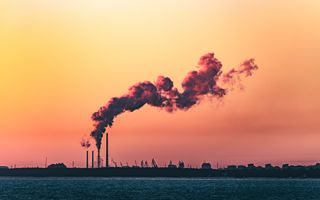(Finance) – ThePollution in Italian cities has not increased, except in a few cases, but in moderation. This is what emerges from the reportAir Mobility‘, presented by researchers from Kyoto Club and Cnr.
None, last year, witnessed an increase in nitrogen dioxide (N02) values. Yes it is a decrease in PM10 particulate concentrations was recorded in Rome (-4%), Turin (-12%), Milan (-20%), Genoa (-5%), Bari (-4%), Bologna (-16%), Cagliari (-4%) and Naples (-4%). Modest a rise, however, for values in Messina (+10%)Palermo (+4%) and Florence (+4%).
In all cities, however, decreasing numbers for PM2.5, with peaks of success in Turin (-23%) and Milan (-17%). According to the report, they are up to 2,755 premature deaths associated with pollution in RomeAnd 2,059 in Milan. The lowest preventable premature death rates are, however, in Cagliariwhere ‘only’ 5 (± 0.04) deaths are attributable to long-term exposure to Pm10, while 21.88 (± 0.15) to Pm2.5 and 18.66 (± 0.14) to No2 .
However, those performing worse in percentage compared to the objectives indicated by the WHO in its guidelines to avoid premature deaths from exposure to No2 are Reggio Calabria (with an average of the gap indicators of -104%) and Messina (-101%) . Better, however, Milan and Florence on equal merit (-51%).
Kyoto Club and Cnr also have calculated the economic impact of the health impactwhich varies from 17 million euros in Cagliari to 7 billion in Milan. With regard to ship emissions, also included in the document for the first timein Rome, Civitavecchia and Venice the contribution of cruise ships to the emission of nitrogen oxides and, above all, sulfur oxides, is estimated to be greater than that of all local cars.
(Photo: Marek Piwnicki on Unsplash)
